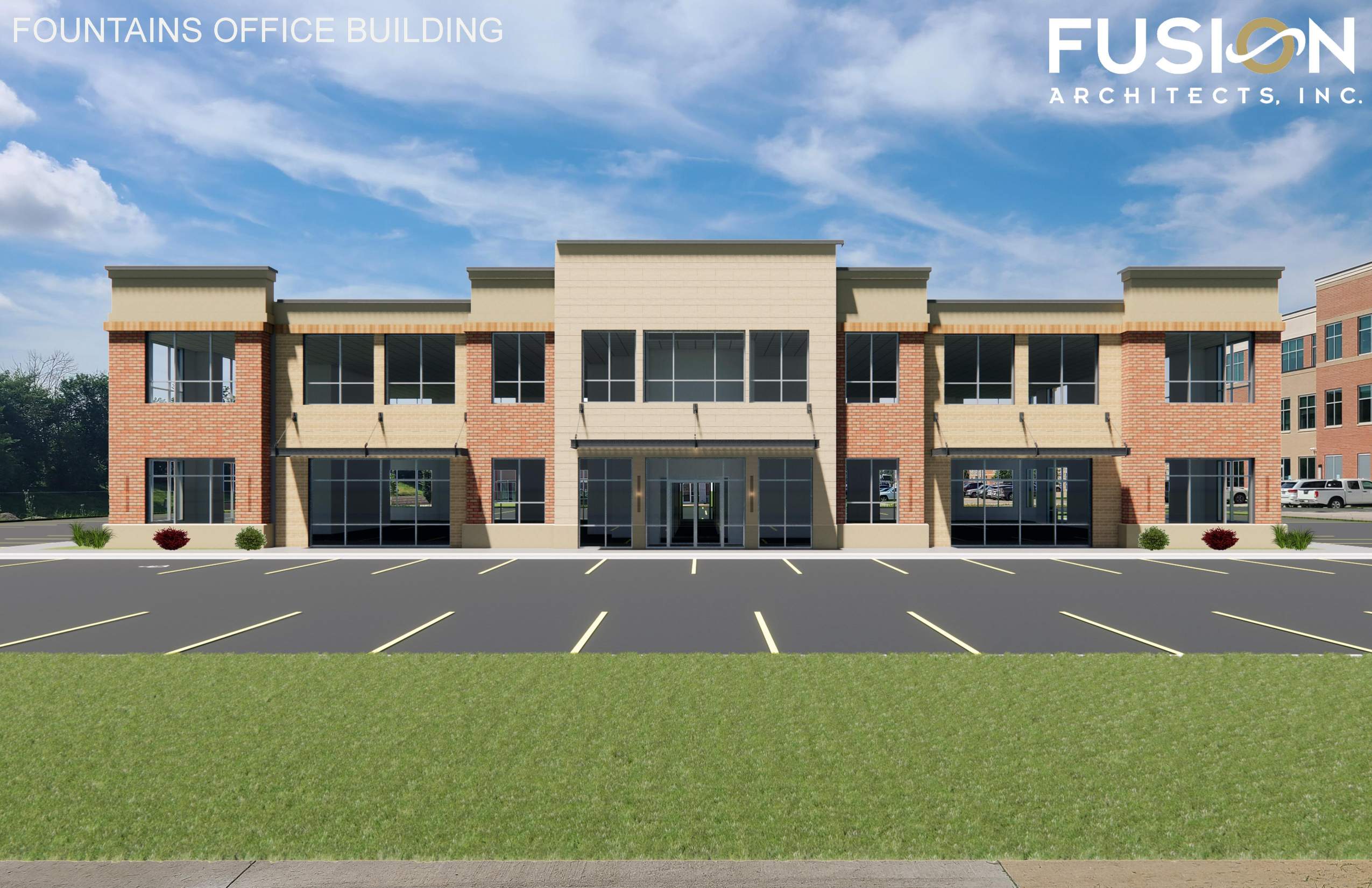When leasing commercial real estate, most landlords require the tenant to provide proof of liability insurance coverage within the terms of the lease agreement.
What is a Certificate of Insurance?
In a commercial lease, a COI is issued by an insurance company to the tenant and provides proof of the tenant’s insurance coverage. It includes details such as the type and amount of insurance coverage, the policy number, and the policy period.
Why is a Certificate of Insurance Required?
A COI is usually required by commercial landlords to protect their property from any damages or liabilities that may arise from the tenant’s business operations or the actions of their customers or employees. A good example is if a customer slips and falls on the property, the landlord wants to ensure that the tenant’s insurance will cover any damages or legal liabilities.
Additionally, a COI also protects the tenant’s business assets and can help cover the costs of any damages or liabilities that may arise. It is important to note that insurance requirements may vary depending on the landlord and the lease agreement’s terms.
What Types of Insurance Does a Certificate of Insurance Typically Cover?
- Commercial General Liability Insurance – coverages include bodily injury, property damage, and personal injury claims arising from the tenant’s business operations.
- Property Insurance – Coverages include damages to the tenant’s business property, such as equipment, inventory, and furniture.
- Workers’ Compensation Insurance – Coverages include medical expenses and lost wages for employees who are injured while working.
- Auto Insurance – Coverages include any vehicles owned or operated by the tenant’s business.
- Umbrella Insurance – Additional coverage beyond the limits of the primary insurance policies.
What Type of Information is Included on a Certificate of Insurance?
- The name and address of the tenant and the insurance company.
- The name and contact information of the insurance agent.
- The type and amount of insurance coverage.
- The policy number and policy period.
- The policy limits and deductibles.
- The name and address of any additional insured parties.
- Any exclusions or limitations on coverage.
It is crucial to ensure that the COI meets the landlord’s requirements and covers the tenant’s business operations adequately. The tenant should review the lease agreement and ensure they obtain the required insurance coverage and provide a COI to the landlord promptly. The landlord should review the COI and ensure that it meets their insurance requirements and that the tenant maintains current coverage throughout the lease term.
Try out our commercial lease calculator here.
For more helpful information check out our other blog posts like this one titled: Q4 Commercial Real Estate’s Craig Byers and Jason Rogers Break Down the Triple Net Lease (NNN).
Let one of our knowledgeable listing agents partner with you to find a commercial real estate property perfect for your business needs, and assist you in working through the lease process. Contact Jason Rogers, Craig Byers or Austin Geasland, at 319-294-3339 today!










